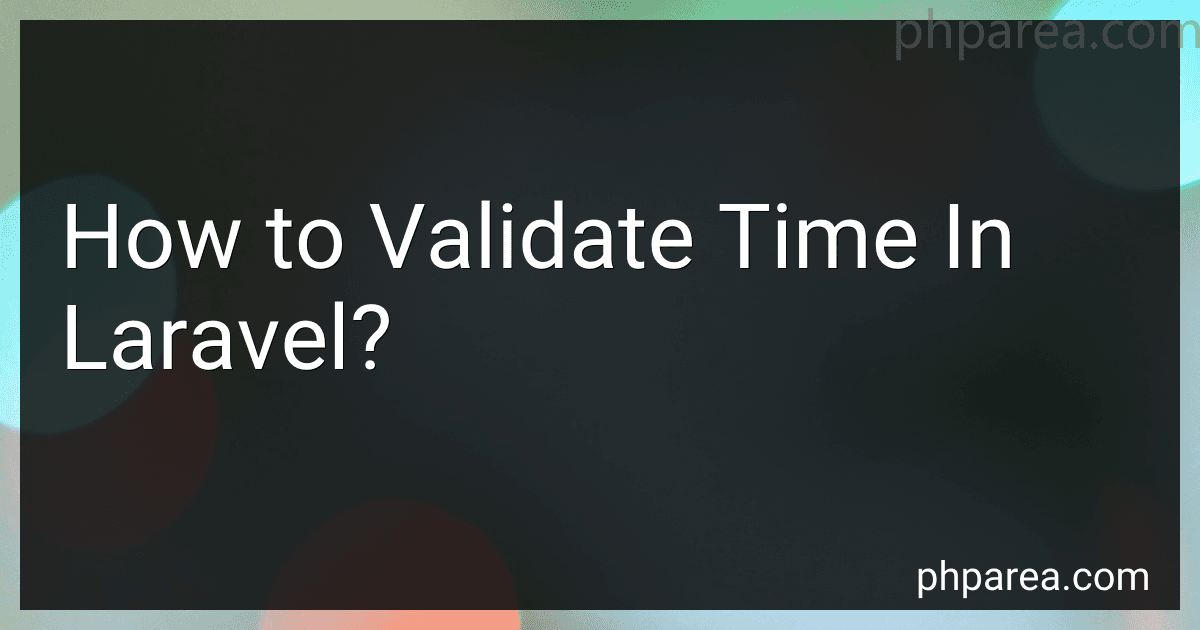Best Laravel Development Tools to Buy in December 2025
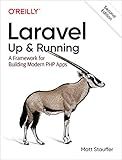
Laravel: Up & Running: A Framework for Building Modern PHP Apps


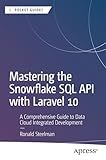
Mastering the Snowflake SQL API with Laravel 10: A Comprehensive Guide to Data Cloud Integrated Development (Apress Pocket Guides)


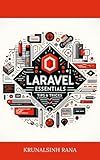
Laravel Essentials: Tips & Tricks for Developers: Master Laravel with Practical Tips for Every Developer


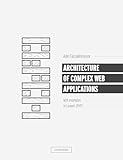
Architecture of complex web applications. Second Edition.: With examples in Laravel(PHP)


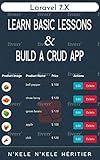
Laravel 7.X : LEARN BASIC LESSONS & BUILD A CRUD APP (PHP Framework)


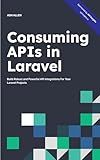
Consuming APIs in Laravel: Build Robust and Powerful API Integrations For Your Laravel Projects With Ease


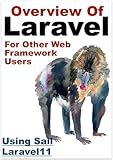
Overview Of Laravel PHP Framework: For Other Web Framework Users


In Laravel, there are various ways to validate time inputs. Here are a few methods commonly used to validate time in Laravel.
- Using the date_format rule: Laravel's validation system provides a date_format rule, which allows you to validate a time input against a specific format. For example, to validate a time input in the H:i format, you can use the following validation rule:
$request->validate([ 'time' => 'required|date_format:H:i', ]);
- Using the regex rule: Laravel's validation system also supports using regular expressions to validate time inputs. You can create a custom rule using the regex rule, which defines the pattern for the time format you want to validate. Here's an example:
$request->validate([ 'time' => ['required', 'regex:/^(0[0-9]|1[0-9]|2[0-3]):[0-5][0-9]$/'], ]);
- Using the after and before rules: If you want to validate time range constraints, you can use the after and before rules. For example, to ensure that a time input is after a specific time, you can use the after rule like this:
$request->validate([ 'time' => 'required|date_format:H:i|after:08:00', ]);
This will ensure that the time input is after 08:00.
- Using custom validation logic: Laravel allows you to define your own custom validation rules. You can create a custom validation rule and define the validation logic for time inputs. Here's an example:
use Illuminate\Contracts\Validation\Rule;
class TimeRule implements Rule { public function passes($attribute, $value) { // Custom validation logic for time input // Return true if validation passes, false otherwise }
public function message()
{
return 'Invalid time format.';
}
}
You can then use this custom rule in your validation:
$request->validate([ 'time' => [new TimeRule], ]);
These are some of the common methods used to validate time inputs in Laravel. You can choose the method that best suits your requirements and implement it in your application.
How to validate a time range in Laravel?
In Laravel, you can use the validation rules provided by Laravel's validation system to validate a time range.
Here is an example of how you can validate a time range using Laravel's validation rules:
- First, make sure you have the necessary validation rule for time range. You can define custom validation rules in Laravel using the Validator facade. Open the App\Providers\ValidationServiceProvider file and add the following code to the boot method:
use Illuminate\Support\Facades\Validator;
Validator::extend('time_range', function($attribute, $value, $parameters, $validator) { $startTime = $parameters[0]; $endTime = $parameters[1];
$startDateTime = \\Carbon\\Carbon::parse($startTime);
$endDateTime = \\Carbon\\Carbon::parse($endTime);
return $startDateTime->lt($endDateTime);
});
- In your controller or form request class, use the time_range validation rule to validate the time range. For example, if you want to validate the start_time and end_time fields, you can do it like this:
use Illuminate\Http\Request;
public function store(Request $request) { $request->validate([ 'start_time' => 'required|date_format:H:i', 'end_time' => 'required|date_format:H:i|time_range:'.$request->input('start_time'), ]);
// Rest of the code...
}
In the above code, 'start_time' and 'end_time' are the input field names. The date_format:H:i rule ensures that the input values are in the correct time format (hours:minutes). The time_range rule checks if the end_time is greater than the start_time by referencing the value of the start_time field.
Please make sure to include the Carbon namespace at the top of your controller or form request class to use the Carbon class for parsing and comparing the time values.
By following these steps, you can validate a time range in Laravel.
What is the correct way to handle time validation with a specific timezone offset in Laravel?
In Laravel, you can use the Carbon library to handle time validation with a specific timezone offset effectively. Here's the correct way to do it:
- First, make sure you have the Carbon library installed. You can install it via Composer by running the following command:
composer require nesbot/carbon
- Import the Carbon namespace at the top of your PHP file where you want to use it:
use Carbon\Carbon;
- To validate time with a specific timezone offset, you can use the createFromFormat() method of Carbon and specify the expected format and the timezone offset. Here's an example:
$time = '12:00'; $timezoneOffset = '+02:00';
$validatedTime = Carbon::createFromFormat('H:i', $time, $timezoneOffset);
if ($validatedTime !== false && $validatedTime->timezoneOffset == $timezoneOffset) { // Time is valid with the specified timezone offset } else { // Time is invalid or doesn't match the timezone offset }
In this example, the $time variable contains the time you want to validate (in the format H:i, i.e., 24-hour format), and $timezoneOffset contains the specific offset you want to use.
- The createFromFormat() method returns a Carbon instance if the time is valid and matches the specified timezone offset. If the time is invalid or doesn't match the offset, it will return false. You can then check if the time is valid and has the correct offset using the timezoneOffset property of the Carbon instance.
Note: The timezoneOffset property in Carbon represents the offset from UTC in minutes (e.g., +120 for +02:00).
By following these steps, you can handle time validation with a specific timezone offset in Laravel using the Carbon library.
What is the recommended way to handle time validation with inheritance in Laravel?
In Laravel, time validation can be handled using the date_format validation rule. However, when dealing with inheritance, there are a few recommended ways to handle time validation:
- Override the parent validation rule: If a child class needs to have a different time format validation than the parent class, you can override the parent class's validation rule in the child class. This can be done by customizing the validation rules array in the child class. For example: parent::rules() + ['time' => 'required|date_format:H:i:s']; This will merge the parent class's rules array with the additional time validation rule specific to the child class.
- Use validation callbacks: Laravel provides validation callbacks, which can be used to define custom validation logic. In this approach, you can define a callback function that handles the time validation and use it in the validation rules of both the parent and child classes. For example: public function timeValidationCallback($attribute, $value, $parameters, $validator) { // Perform the time validation logic here... } // In the parent class rules(): ['time' => [function ($attribute, $value, $parameters, $validator) { $this->timeValidationCallback($attribute, $value, $parameters, $validator); }]]; // In the child class rules(): ['time' => [function ($attribute, $value, $parameters, $validator) { $this->timeValidationCallback($attribute, $value, $parameters, $validator); }]]; This approach allows you to define a single validation callback that can be reused throughout the inheritance hierarchy.
Using either of these approaches, you can handle time validation with inheritance in Laravel and customize the validation rules based on the requirements of each class.
What is the difference between "before" and "after" validation rules for time in Laravel?
In Laravel, "before" and "after" are validation rules used to validate time values.
The "before" rule checks if a given time value is before another specified time value. It ensures that the time being validated occurs earlier than the specified time.
For example, let's say you have a form where users enter a time for an event. You may want to make sure that the user selects a time that occurs before a specific time, such as 10:00 AM. In this case, you can use the "before" validation rule to ensure that the entered time is before the specified time.
On the other hand, the "after" rule checks if a given time value is after another specified time value. It ensures that the time being validated occurs later than the specified time.
Continuing with the earlier example, you can use the "after" validation rule to make sure that the entered time occurs after the specified time, such as 8:00 AM.
In summary, "before" validates if a time is before a specified value, while "after" validates if a time is after a specified value.
How to validate a time format (12-hour or 24-hour) in Laravel?
In Laravel, you can validate a time format (either 12-hour or 24-hour) using custom validation rules or by using regular expressions. In this answer, I will show you how to do it using both methods.
Using Custom Validation Rules:
- First, open the app/Providers/AppServiceProvider.php file and add the following code inside the boot method:
use Illuminate\Support\Facades\Validator;
Validator::extend('time_format', function ($attribute, $value, $parameters, $validator) { // Check for 12-hour time format (hh:mm am/pm) $pattern12 = '/^(0?[1-9]|1[0-2]):[0-5][0-9] (am|pm)$/i';
// Check for 24-hour time format (hh:mm)
$pattern24 = '/^(0?\[0-9\]|1\[0-9\]|2\[0-3\]):\[0-5\]\[0-9\]$/i';
// Match the value against both patterns
return preg\_match($pattern12, $value) || preg\_match($pattern24, $value);
});
- Next, in your controller or form request, use the time_format rule for validating the time input field:
$rules = [ // other rules... 'time' => 'required|time_format', ];
This custom rule will check whether the provided time matches either the 12-hour or 24-hour format.
Using Regular Expressions: Alternatively, you can directly use regular expressions in your validation rules without creating a custom rule. Here's how you can do it:
$rules = [ // other rules... 'time' => ['required', 'regex:/^(0?[1-9]|1[0-2]):[0-5][0-9] (am|pm)$/i', 'regex:/^(0?[0-9]|1[0-9]|2[0-3]):[0-5][0-9]$/i'], ];
Specify multiple regex rules in the array, each representing a different time format. The validation will pass if the time matches any of the specified patterns.
These methods allow you to validate time inputs in Laravel against both 12-hour and 24-hour formats.
What is the proper way to validate a time period input in Laravel?
In Laravel, you can validate a time period input using the date_format validation rule. Here's an example of how to validate a time period input in Laravel:
use Illuminate\Support\Facades\Validator;
public function validateTimePeriod(Request $request) { $validator = Validator::make($request->all(), [ 'start_time' => 'required|date_format:H:i', 'end_time' => 'required|date_format:H:i|after:start_time', ]);
if ($validator->fails()) {
return redirect()->back()
->withErrors($validator)
->withInput();
}
// Time period is valid, proceed with your logic
}
In the above example, we are validating the start_time and end_time inputs using the date_format rule with the format H:i (24-hour format). The start_time and end_time inputs are required fields. Additionally, we are using the after rule to ensure that the end_time input is after the start_time.
If the validation fails, the user will be redirected back with the validation errors and the old input values. Otherwise, you can proceed with your logic.
